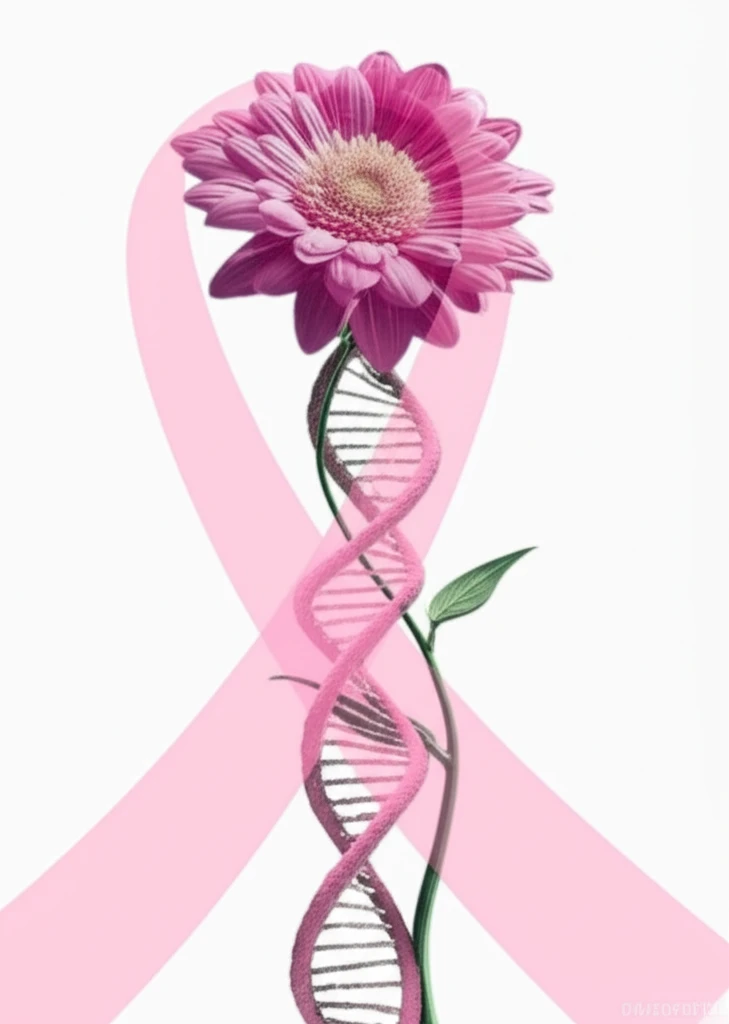
Decoding Breast Cancer Risk: Does Age at First Birth Really Matter for BRCA Mutation Carriers?
"A deep dive into the latest research on age at first full-term birth and its surprising lack of influence on breast cancer risk for women with BRCA1 and BRCA2 mutations."
For decades, medical professionals have observed a protective effect associated with early full-term pregnancies. Women who have their first child at a younger age generally experience a lower lifetime risk of developing breast cancer. This phenomenon is often attributed to the cellular and hormonal changes that occur during pregnancy, which can promote the differentiation of breast cells and reduce their susceptibility to becoming cancerous.
However, this widely accepted association has come under scrutiny in recent years, particularly concerning women who carry mutations in the BRCA1 or BRCA2 genes. These genes play a critical role in DNA repair, and mutations can significantly elevate a woman's risk of developing breast and ovarian cancers. The question then arises: Does the protective effect of early pregnancy still apply to these high-risk individuals?
Recent research published in Breast Cancer Research and Treatment challenges this conventional understanding. A large-scale study focusing on BRCA1 and BRCA2 mutation carriers has revealed surprising insights into the relationship between age at first full-term birth and breast cancer risk. The findings suggest that, unlike the general population, the timing of a woman's first pregnancy may have little to no impact on her breast cancer risk if she carries one of these mutations.
Challenging the Norm: Age at First Birth and BRCA Mutations

The study, led by Joanne Kotsopoulos and Steven A. Narod, analyzed data from 2,295 matched pairs of women with BRCA1 or BRCA2 mutations. These women were participants in a multicenter, longitudinal study involving 80 participating centers across 17 countries. Researchers carefully matched each woman diagnosed with breast cancer (the "case") with a woman who did not have breast cancer (the "control"), ensuring both women shared similar characteristics such as:
- Year of birth (within 1 year)
- Type of BRCA mutation (BRCA1 or BRCA2)
- Country of residence
- Parity (number of pregnancies) prior to the breast cancer diagnosis of the matched case
What Does This Mean for Women with BRCA Mutations?
This research underscores the complexity of breast cancer risk assessment, particularly for women with BRCA mutations. While an early age at first birth may offer some protection to the general population, this benefit does not appear to extend to women with these specific genetic predispositions. Instead, risk management for these women should focus on other proven strategies, such as increased surveillance, prophylactic surgeries, and lifestyle modifications.
